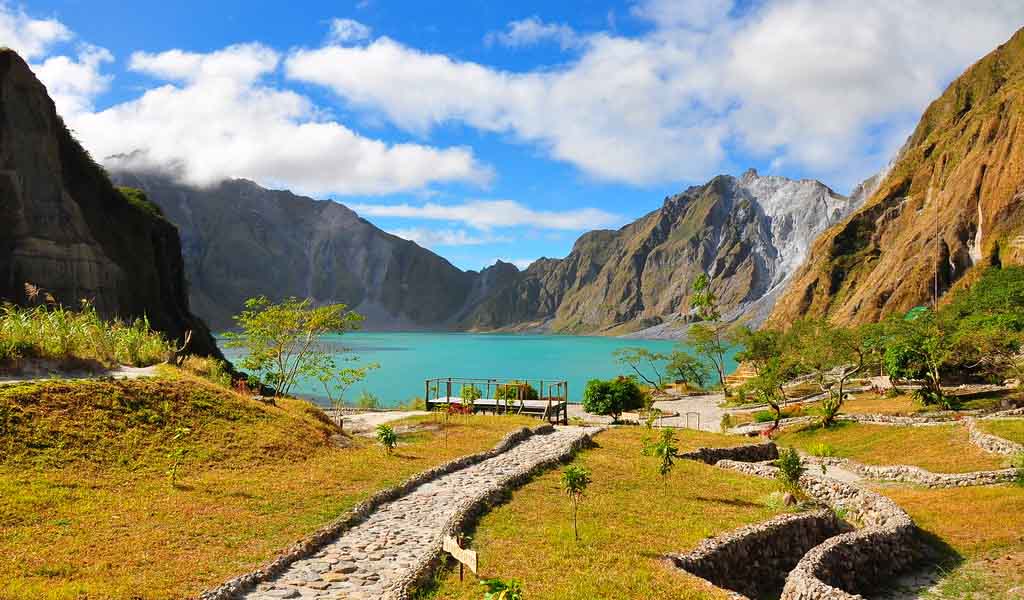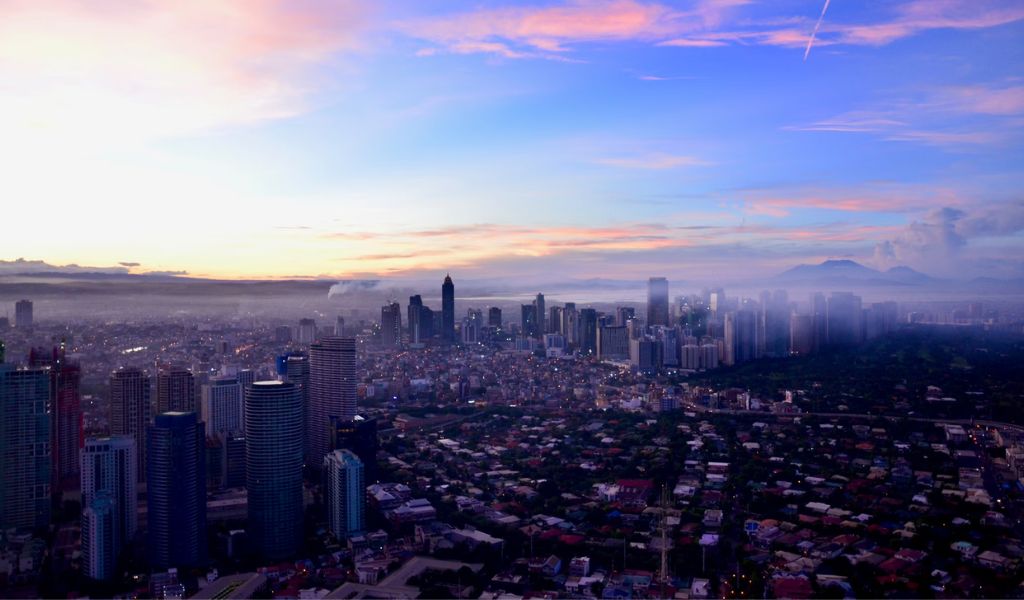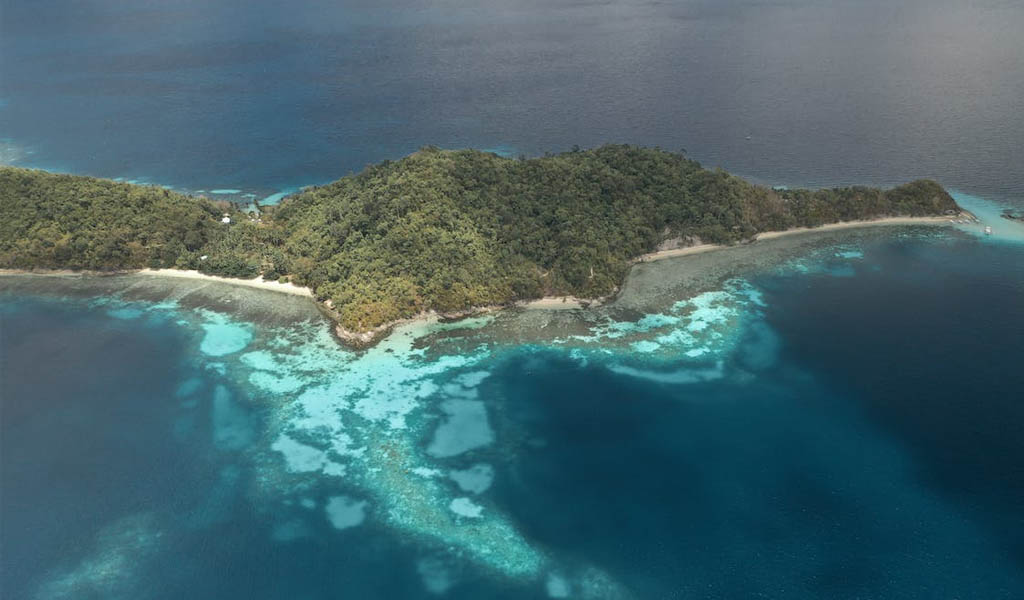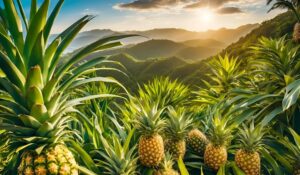Discover The Best Zambales Tourist Spots
Nestled in the heart of the Philippines, Zambales offers a captivating blend of natural beauty, adventure, and serenity that beckons travelers from far and wide. With its stunning coastline, majestic mountains, and rich cultural heritage, Zambales is a treasure trove of experiences waiting to be discovered. Join us as we embark on a journey to uncover the top Zambales tourist spots that promise an unforgettable adventure.
1. Anawangin Cove
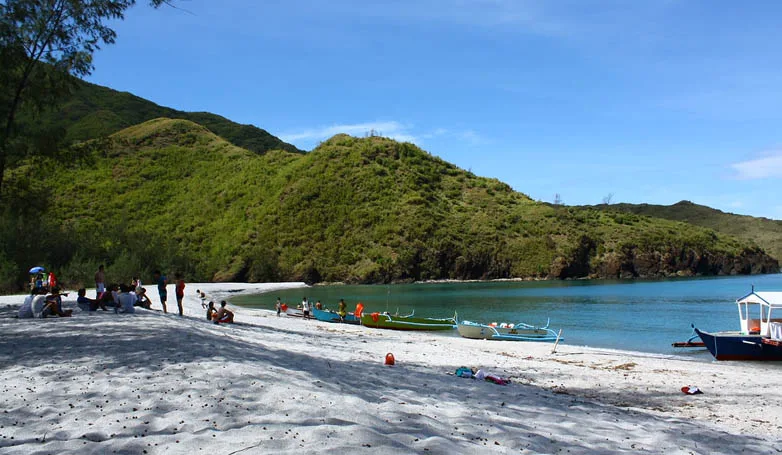
Nestled in the heart of Zambales, Philippines, Anawangin Cove is a serene escape known for its unique landscape that merges lush pine trees with crystal-clear waters and volcanic ash beaches. This secluded cove, accessible only by a boat ride from the nearby town of Pundaquit or through a trek across the mountains, offers a stark contrast to the typical tropical scenery.
The absence of cellular signals and electricity in the area makes it an ideal spot for those looking to disconnect and immerse themselves in nature. The ash that blankets the beach is a testament to the area’s transformation following the eruption of Mt. Pinatubo in the early 1990s.
When visiting Anawangin Cove, guests can enjoy a multitude of activities such as camping under the stars, swimming in the azure waters, or exploring the nearby pine forest. The cove’s calm waters are perfect for kayaking, while the surrounding landscape provides ample opportunity for photography enthusiasts.
Hiking trails are available for those seeking adventure, offering breathtaking views of the cove and the South China Sea. Evening bonfires on the beach provide a cozy end to the day, where visitors can relax and enjoy the peaceful ambiance of this untouched paradise.
2. Capones Island
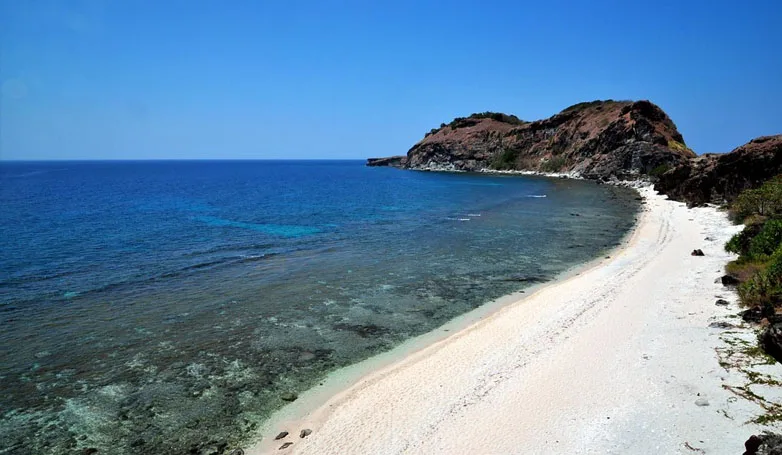
Capones Island, located off the coast of Zambales, Philippines, is a small yet fascinating destination known for its historical lighthouse and pristine white sandy beaches. The island’s rugged terrain, coupled with its turquoise waters, makes it a favorite among adventure-seekers and beach lovers alike.
The century-old Spanish lighthouse, Faro de Punta Capones, sits atop the island, offering panoramic views of the West Philippine Sea and a glimpse into the country’s colonial past. Activities on Capones Island mainly revolve around exploration and relaxation. Tourists can trek to the lighthouse to learn about its historical significance and enjoy the surrounding landscapes.
The island’s beaches are perfect for sunbathing, swimming, and picnicking, while the clear waters invite snorkeling enthusiasts to discover vibrant marine life. Photography buffs will find the juxtaposition of natural beauty and historical architecture captivating. Island hopping tours often include a stop at Capone’s, allowing visitors to combine their trip with visits to nearby attractions such as Anawangin Cove and Camara Island.
3. Mt. Pinatubo Crater Lake

The majestic Mt. Pinatubo, located on the boundaries of Pampanga, Tarlac, and Zambales in the Philippines, is perhaps best known for its climactic 1991 eruption. Today, it stands as a symbol of nature’s resilience, housing a stunningly beautiful Crater Lake in its caldera.
The lake’s strikingly vivid aquamarine waters are a stark contrast to the surrounding gray mountains, a reminder of the volcano’s fiery past. The journey to the Crater Lake involves a combination of 4×4 vehicle rides across a lunar-like landscape and a trek up the mountain, offering adventurers a unique and exhilarating experience.
Visiting Mt. Pinatubo Crater Lake requires a moderate level of physical fitness but rewards travelers with spectacular views and a sense of accomplishment. Activities at the site include hiking, taking a dip in the cool waters of the lake, and capturing the surreal beauty of the landscape with a camera.
Guided tours are available, providing insightful information on the history and geology of the volcano. The trek to the crater can be quite hot and dusty, so visitors are advised to come prepared with appropriate gear and plenty of water. The view upon reaching the crater is breathtaking and serves as a perfect backdrop for reflection and relaxation.
4. Potipot Island
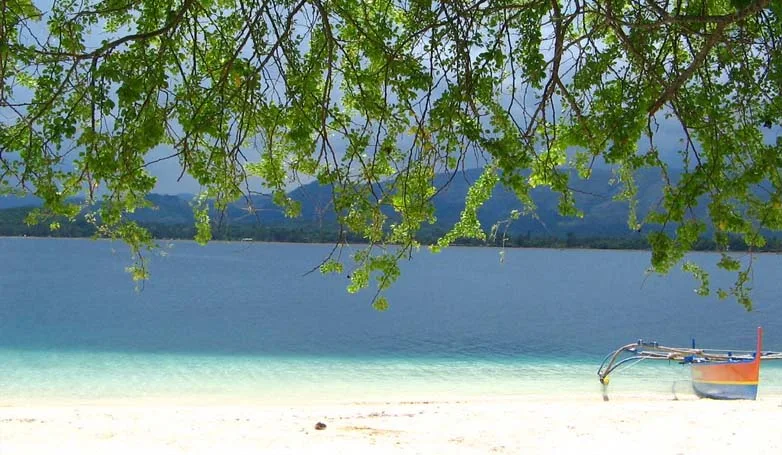
Potipot Island is a secluded gem located off the coast of Candelaria, Zambales, Philippines. This small island, just a few hundred meters from the mainland, boasts of unspoiled beauty with its powdery white sands, clear blue waters, and lush trees offering ample shade.
Potipot provides an idyllic setting for those looking to escape the hustle and bustle of city life. Despite its growing popularity, the island retains a laid-back vibe, without the overcrowding found in more commercialized beach destinations.
The island invites visitors to indulge in simple pleasures—swimming in its inviting waters, basking in the sun, or taking leisurely walks around the island, which can be done in less than an hour. Since Potipot is uninhabited, camping is a popular option for overnight stays, allowing guests to enjoy a night under the stars.
The clear waters are also ideal for snorkeling, giving guests a peek into the underwater world. Since there are no restaurants on the island, visitors should bring their own food and water supplies. Potipot Island is perfect for day trips and those who love the simplicity of beach life.
5. Nagsasa Cove
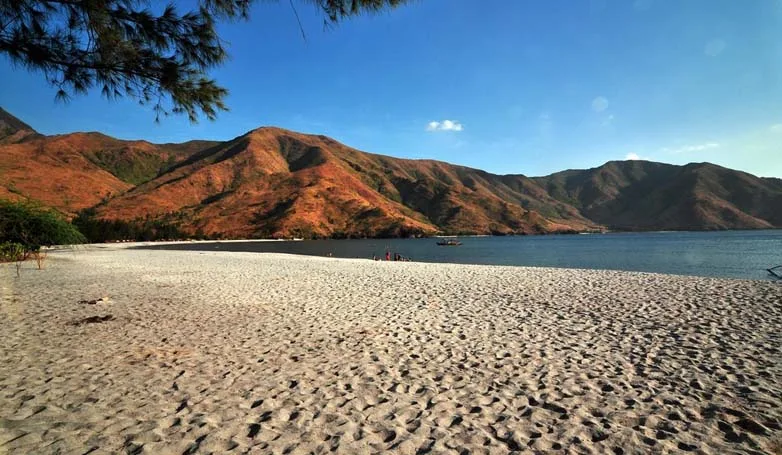
Nagsasa Cove is another hidden treasure located in San Antonio, Zambales, framed by the verdant mountains and home to tranquil beaches with ash-gray sands—a legacy of Mt. Pinatubo’s eruption. This serene cove is less frequented than its neighbor, Anawangin, offering a more secluded and peaceful retreat for travelers. The cove’s natural beauty is accentuated by a small stream flowing into the sea, and its backdrop of grassy hills and mountains provides a picturesque setting for camping and photo shoots.
Visitors to Nagsasa Cove can engage in various activities, such as swimming in its calm waters, trekking to nearby waterfalls, or exploring the surrounding wilderness. Kayaking and paddleboarding are excellent ways to navigate the cove’s waters, while sunset viewing is a must-do for its dramatic and breathtaking spectacle.
Camping is highly recommended, allowing guests to fully immerse themselves in the tranquility of the cove. For a memorable experience, visitors can trek up the hills for a panoramic view of the cove, especially enchanting at dawn or dusk. With its blend of natural beauty and solitude, Nagsasa Cove remains a haven for those seeking to reconnect with nature.
Your Next Adventure Awaits in Zambales
Zambales is a destination that keeps on giving – from its vibrant sunsets, unspoiled beaches, and historic landmarks, to the warm hospitality of its people. It’s a place where memories are made, and adventures are abundant.
Whether you’re seeking solace in nature, an adrenaline rush, or a deep dive into history, Zambales’ tourist spots have something for everyone. So pack your bags, and let the enchanting charm of Zambales inspire your next adventure. Remember, the best stories are found between the pages of a passport.

